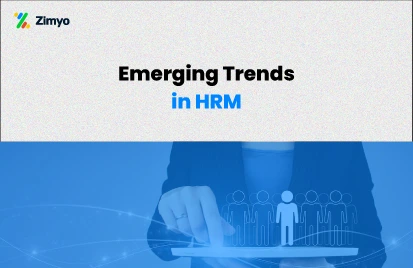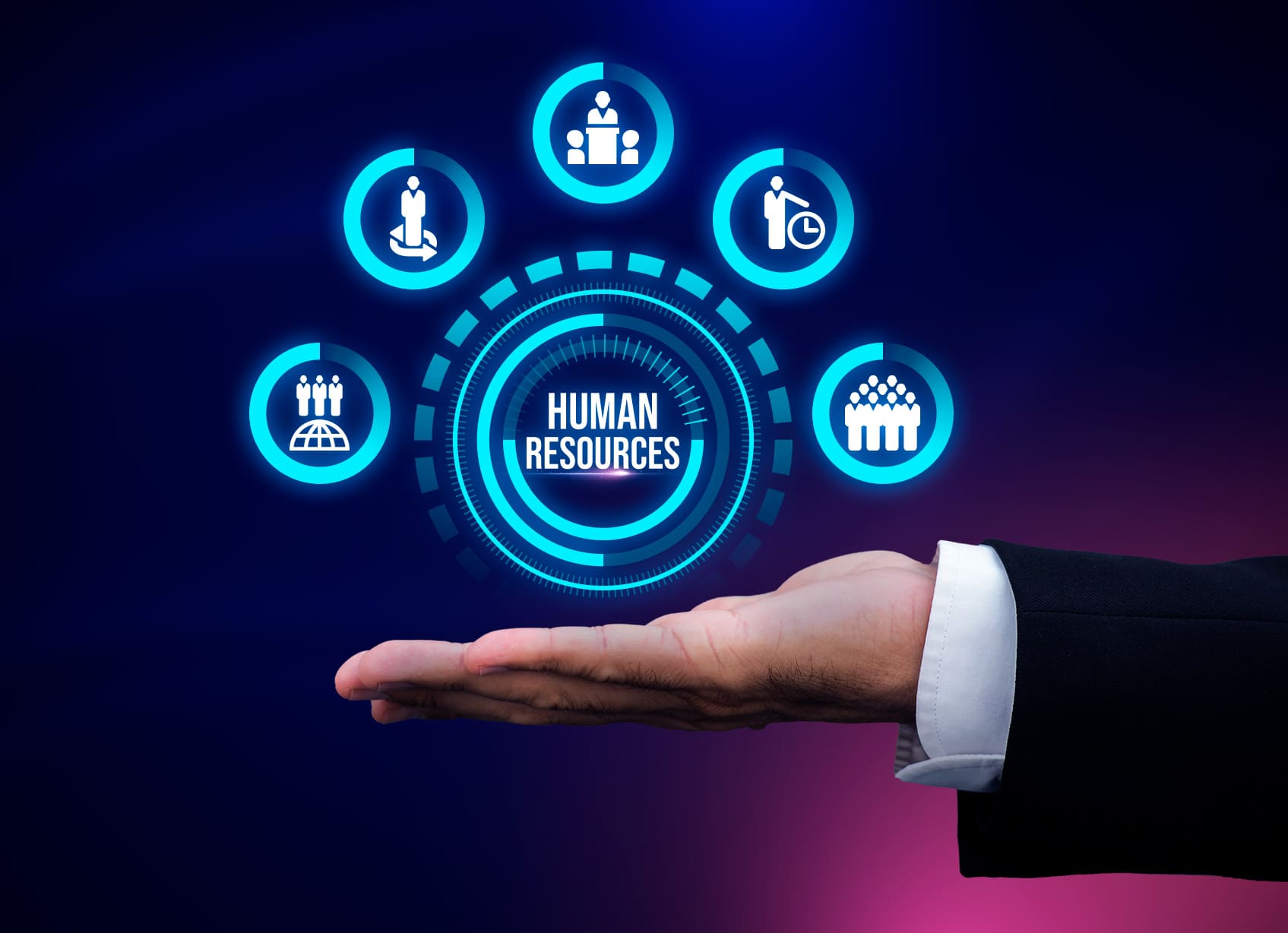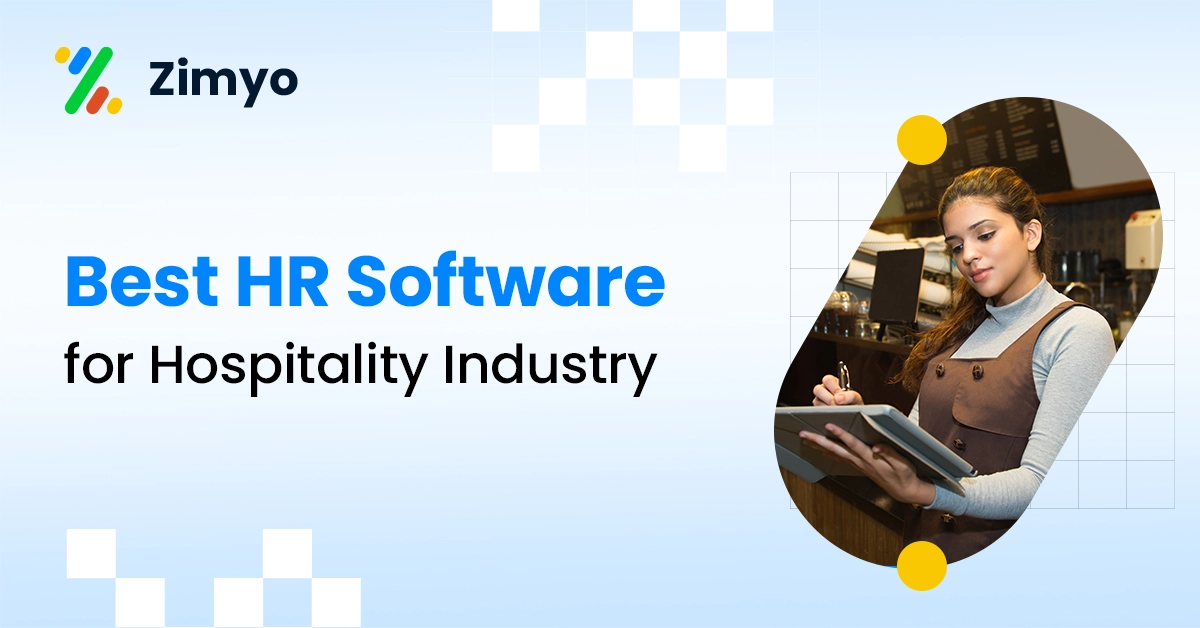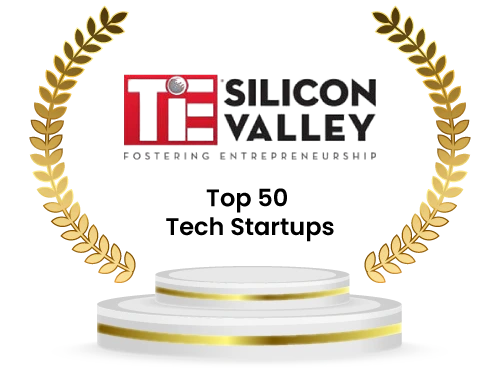Did you know?
Human Resource Management (HRM) is the backbone of any successful organization? Every company, whether big or small, depends on its people. And that’s where HRM comes in. From hiring the right talent to ensuring employee satisfaction, HRM handles it all. But what exactly are the functions of human resource management, and why are they so important for your business?
In this blog, we’ll explore the essential functions of human resource management HRM, their role in organizational growth, and how HR software can make these processes seamless. Let’s dive in and uncover how you can leverage HR management systems for a more productive workforce.
Introduction to Human Resource Management
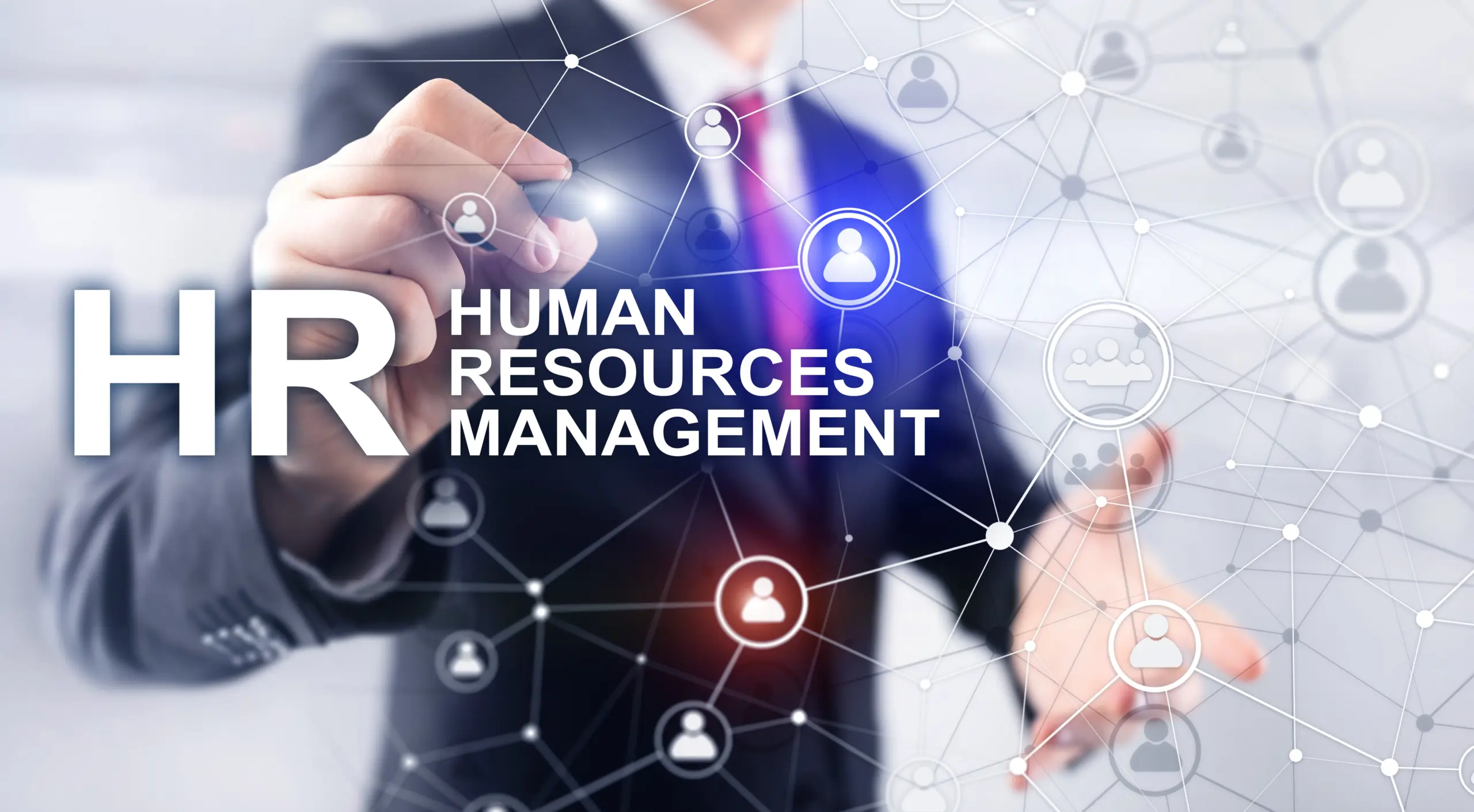
Human Resource Management (HRM) involves managing people within an organization. It includes recruiting, onboarding, training, payroll, performance evaluation, and much more. A strong HRM system ensures that your employees are motivated and aligned with your company goals.
Why Is HRM So Crucial?
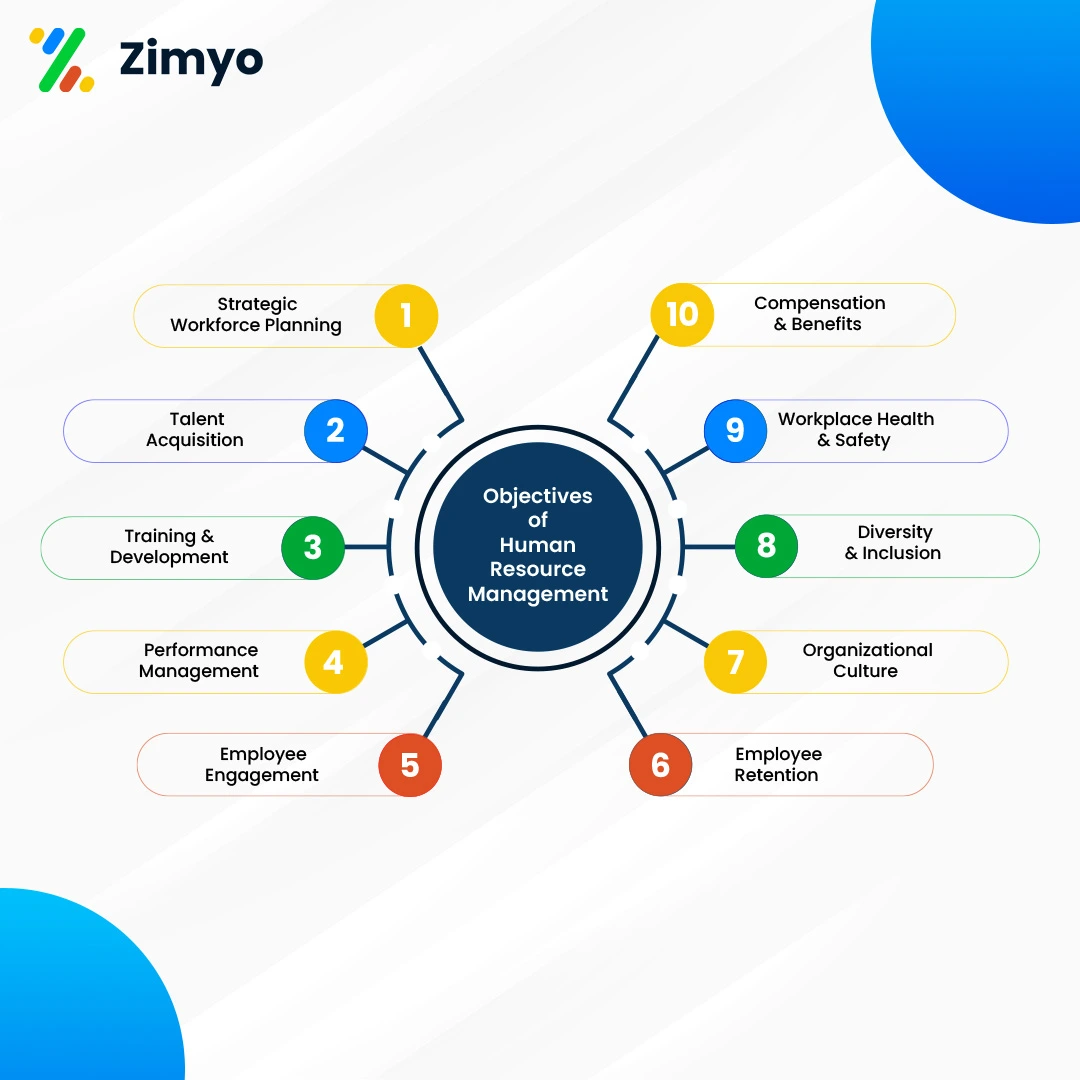
Think about this—can you run your business without people? Certainly not. Employees are your greatest asset. Managing them effectively can directly impact productivity and profitability. For example, a well-implemented HR and payroll software can save up to 30% of administrative costs annually. Isn’t that something every business needs?
So, whether you’re a CEO, HR manager, or business owner, understanding the core functions of human resource management HRM is key to your success. Let’s break down these functions of human resource management step by step.
Functions of Human Resource Management
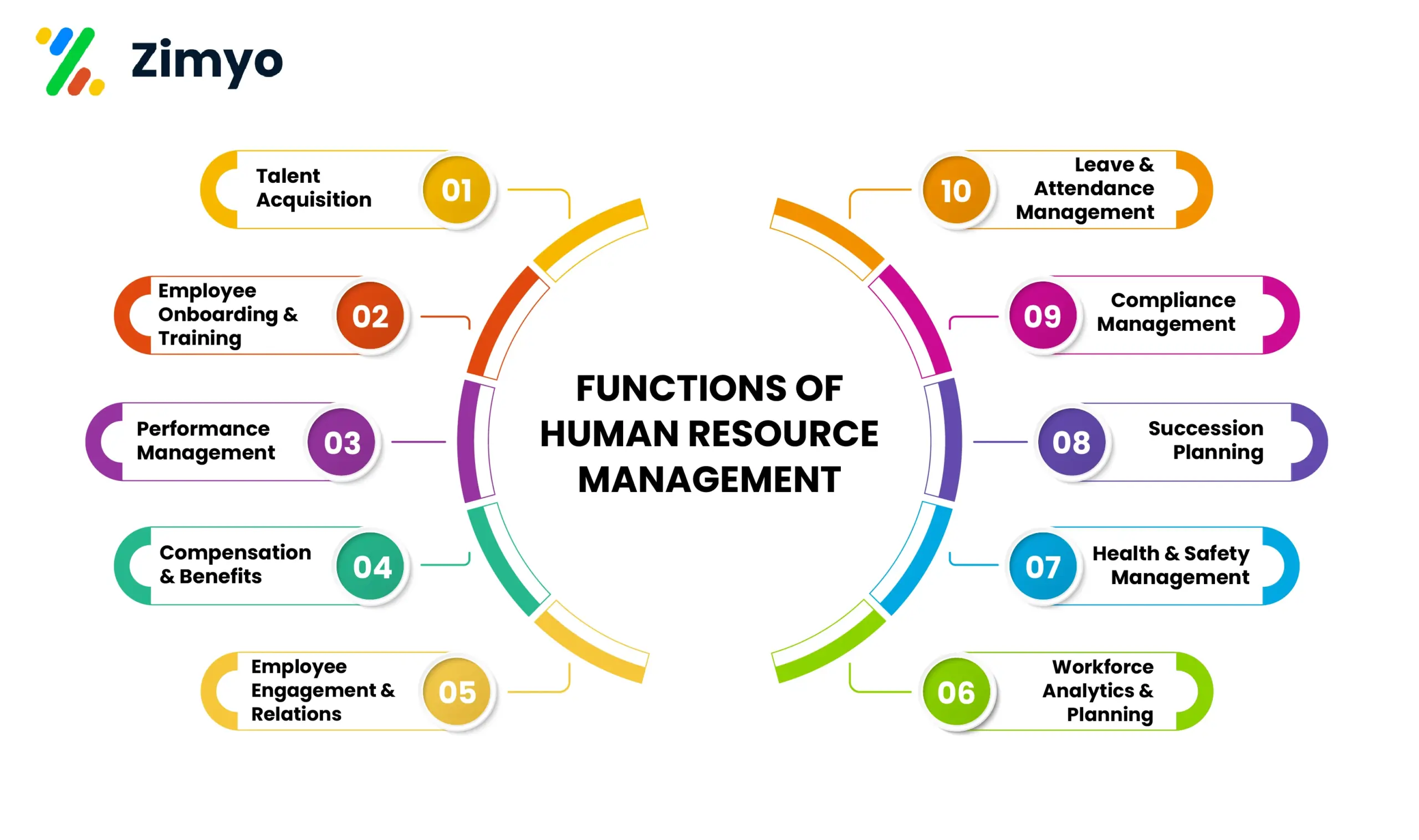
HRM is more than just hiring and firing. It’s a multifaceted approach to managing your workforce efficiently. Here are the main functions of human resource management:
1. Talent Acquisition
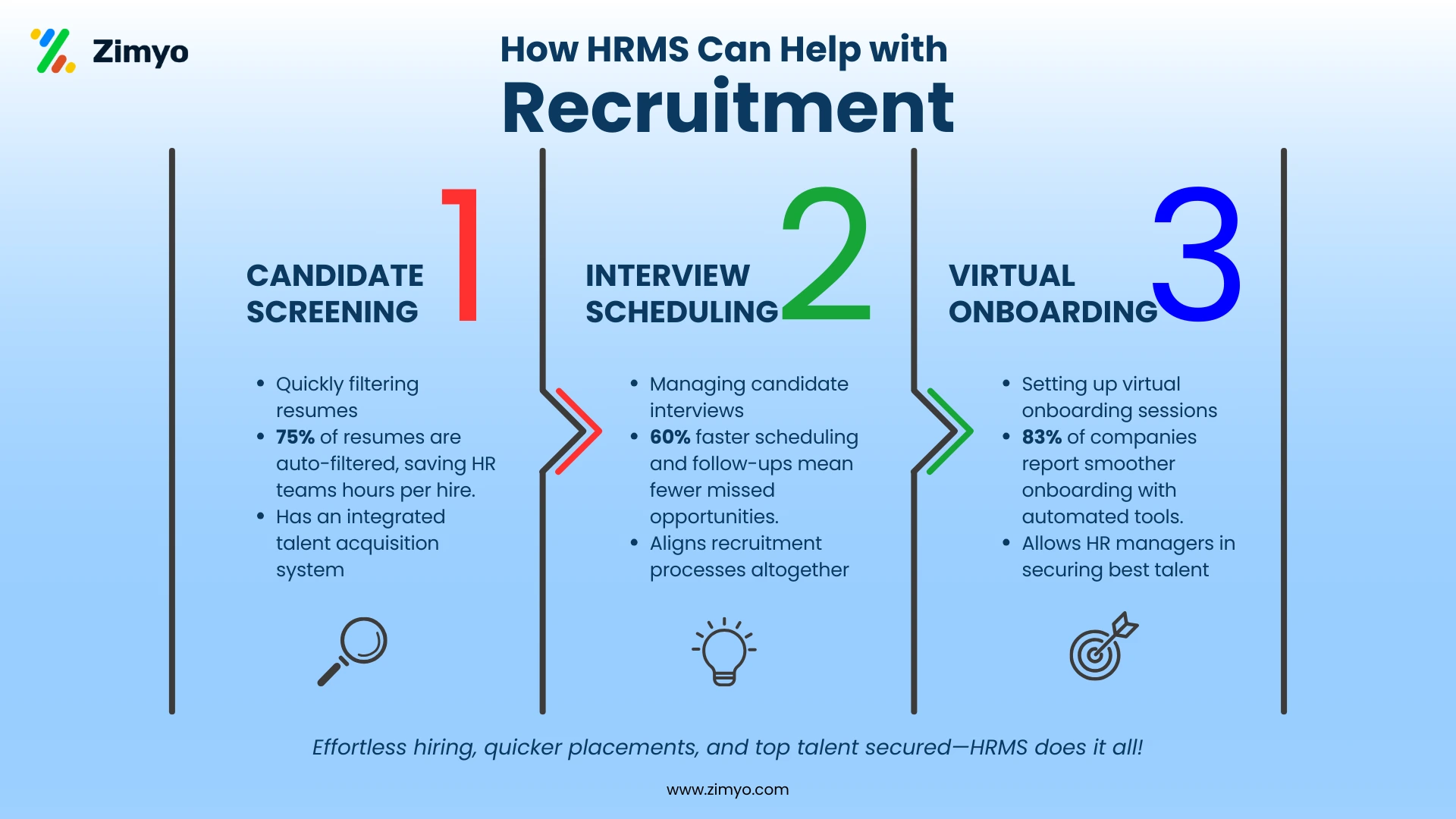
Talent Acquisition is one of the primary functions of human resource management HRM. Recruiting the right talent is the first step in building a great team. But how do you ensure you’re attracting the best candidates?
Key Steps in Talent Acquisition:
- Job Analysis: Clearly define roles and responsibilities. This step helps you understand what skills and experience are needed.
- Sourcing: Use job portals, referrals, and HR software to find candidates. With tools like LinkedIn and specialized HRMS platforms, you can access a wider talent pool.
- Screening: Conduct interviews and assessments to identify the best fit. Structured interviews and skill-based tests can reduce hiring mistakes.
For instance, using a talent management system can reduce time-to-hire by up to 40%. That means faster results for your company! Additionally, having an automated applicant tracking system (ATS) simplifies candidate tracking and communication.
Challenges in Talent Acquisition:
- Competition for top talent.
- Balancing speed and quality of hires.
- Navigating through high application volumes.
A strong HRM system combined with recruitment management software streamlines these challenges, giving you a competitive edge in performing the functions of human resource management HRM in a better and efficient way.
2. Employee Onboarding and Training
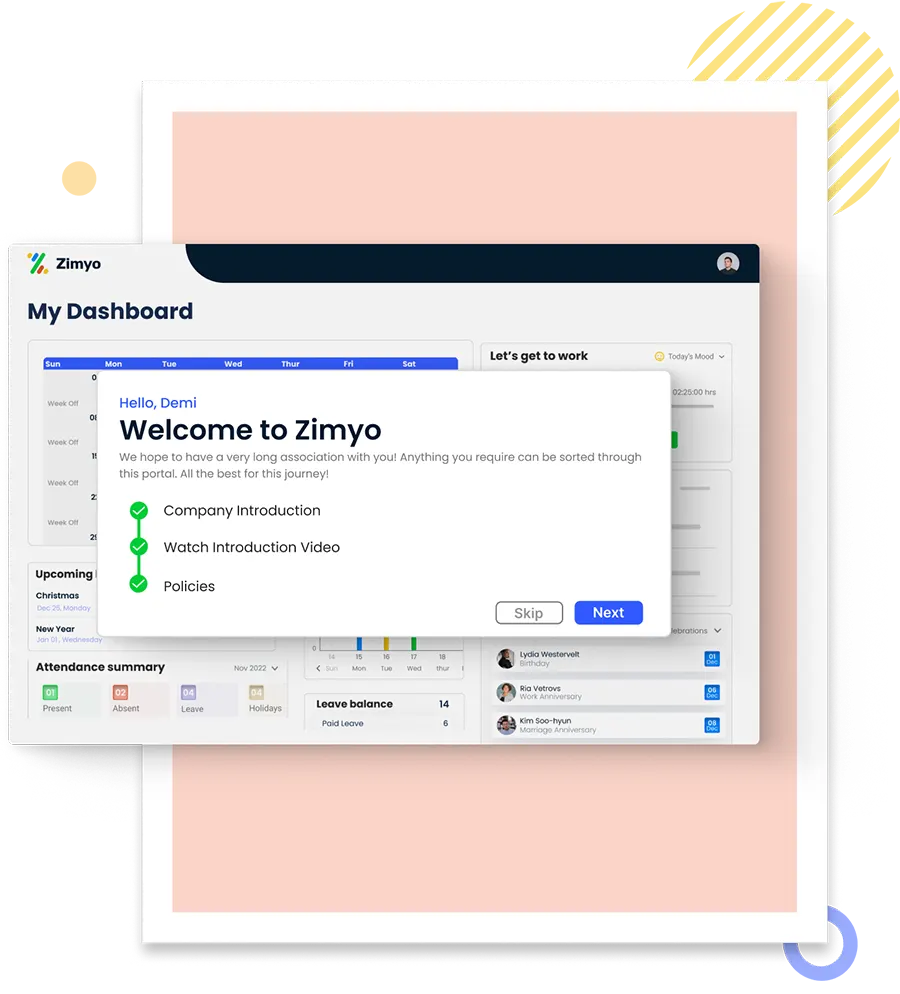
Onboarding is among the other premier functions of human resource management HRM. It sets the tone for an employee’s journey in your company. A seamless onboarding experience increases retention rates by 82%. Do you have an onboarding process that’s engaging and informative?
Why Training Matters:
- Enhances employee skills.
- Aligns employees with company goals.
- Boosts productivity and confidence.
Steps for Effective Onboarding:
- Pre-Onboarding Preparation: Ensure all documents and equipment are ready before the new hire’s first day.
- Welcome Kit: Provide a kit with company swag, an employee handbook, and login details for HR software.
- Orientation Sessions: Familiarize employees with the company’s vision, mission, and culture.
- Buddy System: Pair new hires with experienced team members to ease their transition.
Training Programs:
Investing in employee development through training programs has a direct impact on performance. Use e-learning platforms, learning management systems, workshops, and mentorship programs to upskill your workforce. According to LinkedIn Learning, 94% of employees say they would stay longer at a company that invests in their career development.
3. Performance Management
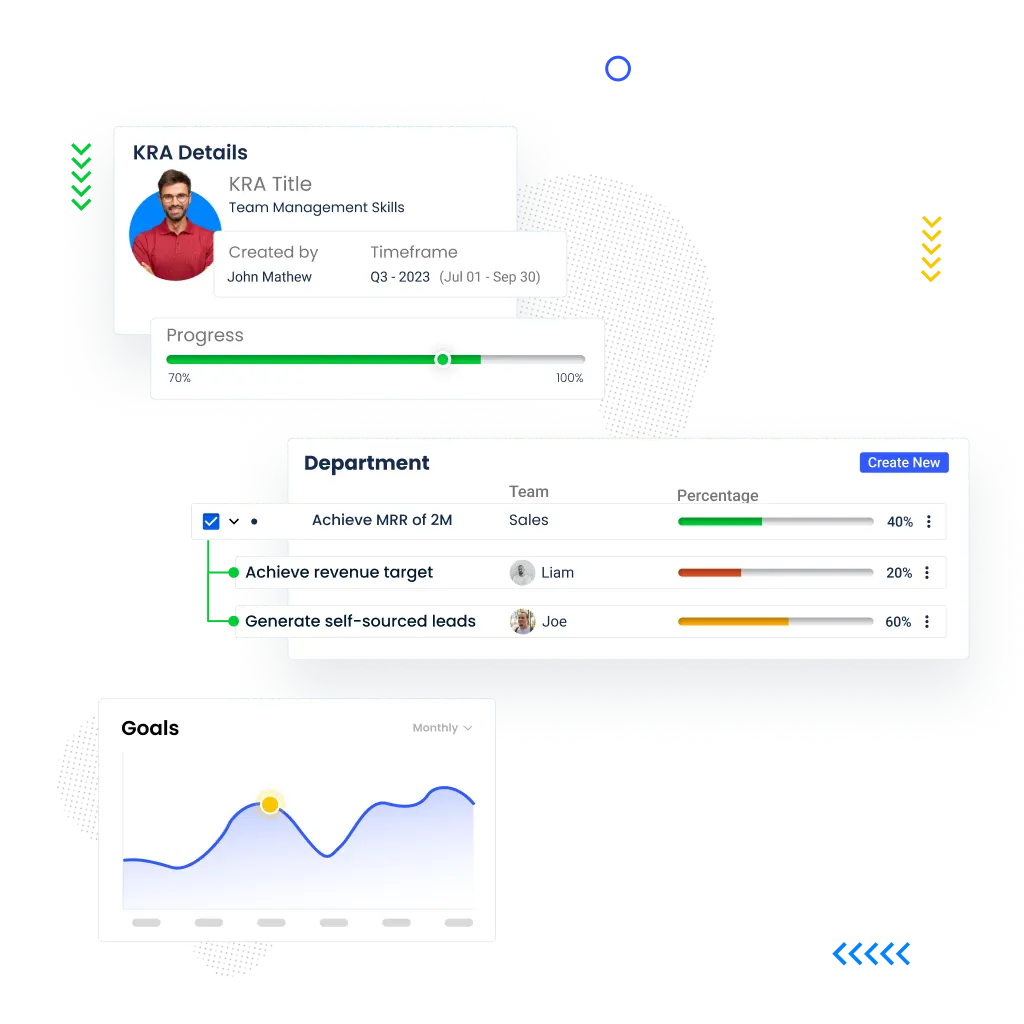
One of the main functions of human resource management HRM is tracking the performance of the employees. How do you measure employee performance? Effective performance management ensures your team stays productive and motivated.
Tools for Performance Management:
- HRMS Solutions: Track employee goals and performance metrics. Software like Zimyo HRMS can automate this process.
- Feedback Mechanisms: Regular check-ins and reviews keep employees aligned with objectives. For example, conducting quarterly performance reviews helps identify areas for improvement.
- Incentive Programs: Reward top performers with bonuses or perks. Recognition can increase employee satisfaction by 37%.
Why It Matters:
Companies with clear performance management processes see a 22% increase in employee productivity. Additionally, a well-designed system reduces employee turnover by ensuring fair evaluations and growth opportunities.
Example:
Consider an HR company that uses HRM systems to track individual and team KPIs. By leveraging analytics, they identified that consistent 360 degree feedback improved team productivity by 15% in just one quarter.
4. Compensation and Benefits

Giving proper compensation and benefits to the employees is one of the foremost functions of human resource management HRM. Keeping employees happy is crucial for retention. And compensation plays a huge role here. Does your HR system handle payroll effectively?
Benefits of HR Payroll Software:
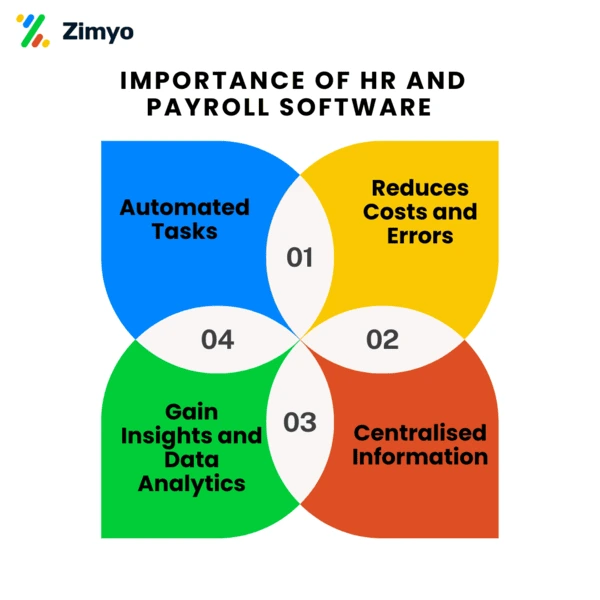
- Automates salary calculations, reducing errors by up to 85%.
- Ensures statutory compliance with tax regulations.
- Provides transparency in compensation structures.
Key Elements of Compensation Management:
- Basic Salary: The fixed amount paid to employees.
- Bonuses and Incentives: Performance-based rewards.
- Employee Benefits: Health insurance, retirement plans, and other perks.
A robust HR and payroll software integrates all these components, ensuring timely and accurate payments. Additionally, it allows employees to access their pay slips and benefits information online, enhancing transparency.
5. Employee Engagement and Relations

Engaged employees are 17% more productive than their disengaged counterparts. How do you keep your team motivated and satisfied? Here comes one of the most significant functions of human resource management HRM, that is, employee engagement.
Strategies for Engagement:
- Regular team-building activities such as retreats or workshops.
- Open communication channels through HR software and employee engagement software for feedback and concerns.
- Recognition and rewards programs.
Importance of Employee Relations:
Building trust and fostering a positive workplace culture are vital for employee satisfaction. For instance, companies that actively engage with their employees report 21% higher profitability.
6. Leave and Attendance Management
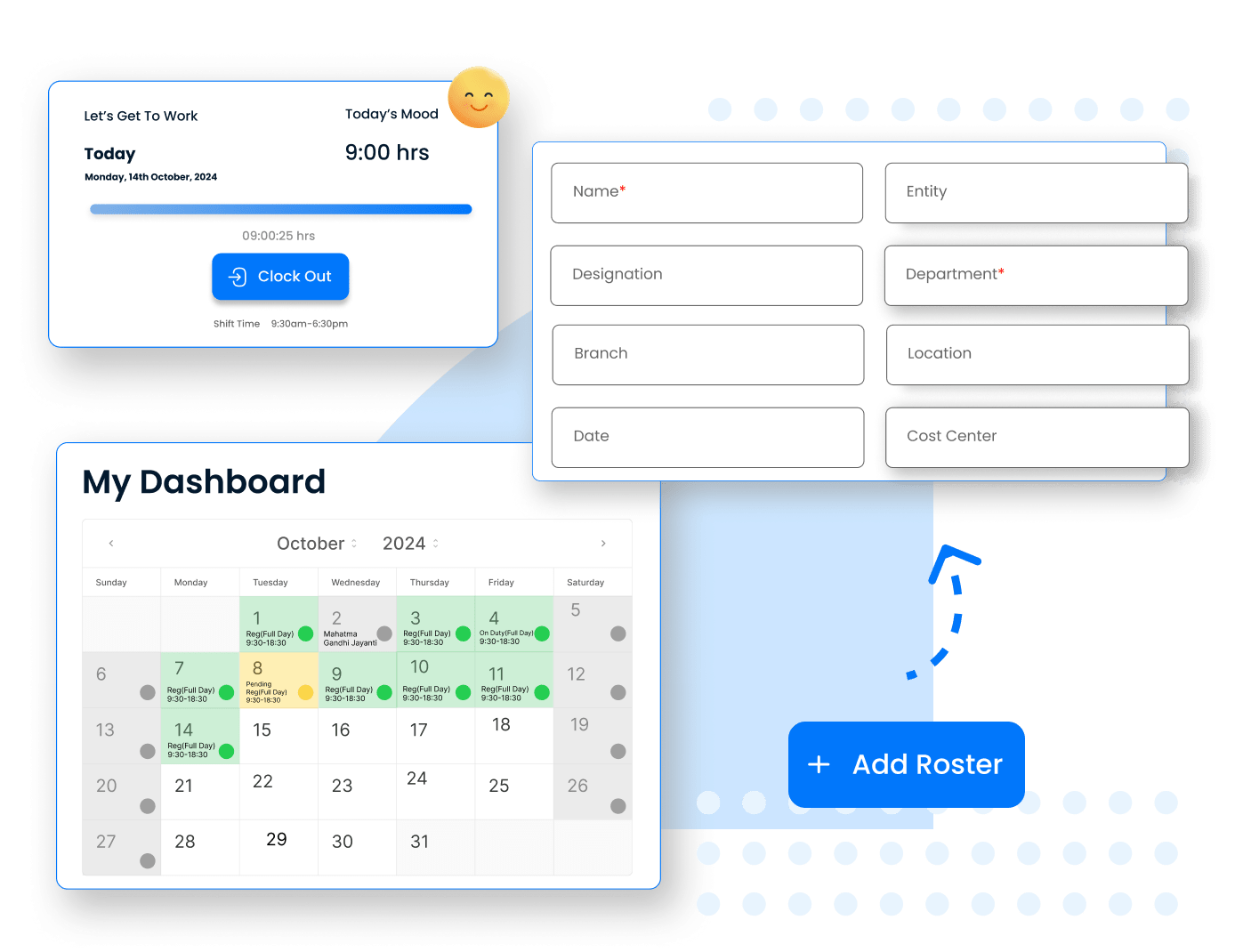
Tracking leave and attendance manually can be a nightmare. Do you want to simplify this process? According to many people, this is among the most sought-after functions of human resource management HRM.
Benefits of a Leave Management System:
- Automates leave requests and approvals, reducing administrative work by 60%.
- Tracks employee attendance in real-time.
- Provides detailed reports for better planning and resource allocation.
Example:
A manufacturing company implemented a leave management system and observed a 25% improvement in workforce availability during peak seasons.
I was able to implement the platform on my own. It helps in assigning the tasks to other employees, conducting surveys and polls, and much more. The ease of use and self-onboarding is something that I would like to appreciate.
Sonali, Kommunicate
Zimyo simplifies attendance management for our organization. The leave and attendance are so streamlined that we have never faced any difficulties with the system.
Anurag, Eggoz Nutrition
7. Compliance Management
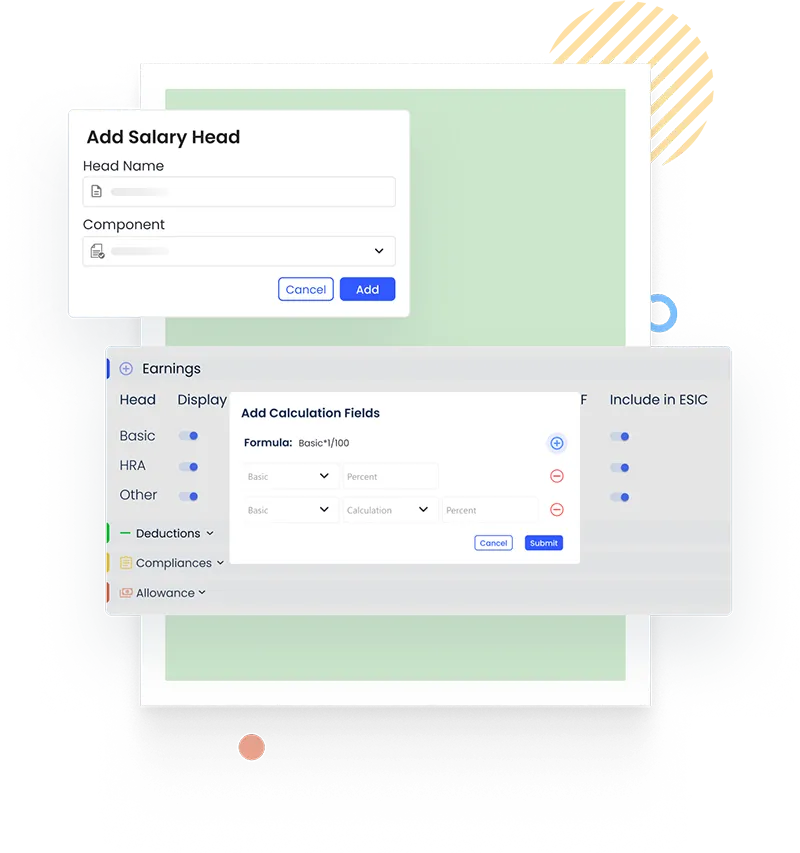
How HR Management Systems Help:
- Monitor labor laws and regulations.
- Automate compliance reporting.
- Mitigate risks through regular updates.
Quantitative Impact:
According to a survey, businesses using automated compliance tools reduce legal risks by 70%.
8. Succession Planning
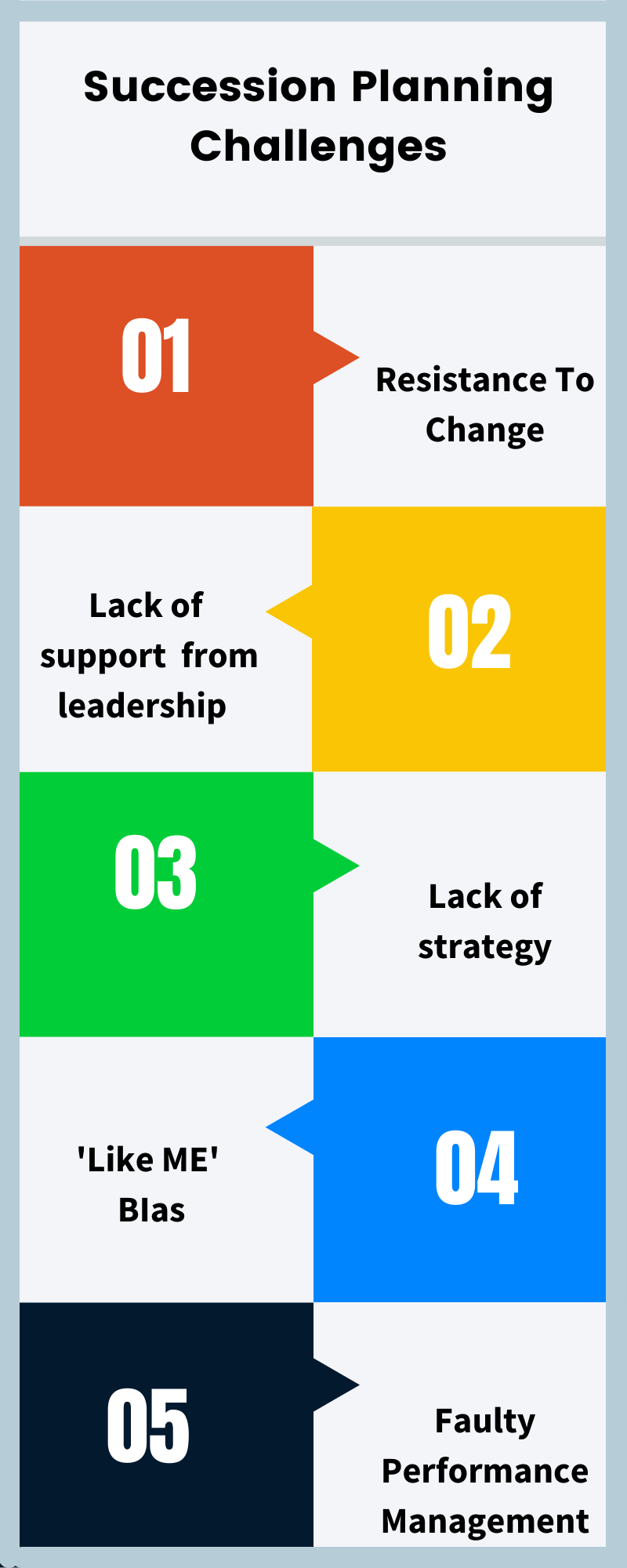
Who will take over key roles if your top employees leave? Succession planning ensures business continuity. Thus, making it one of the most essential functions of human resource management HRM.
Steps for Effective Succession Planning:
- Identify critical roles.
- Develop internal talent pools.
- Use HR software for career pathing and employee development.
Example:
9. Health and Safety Management
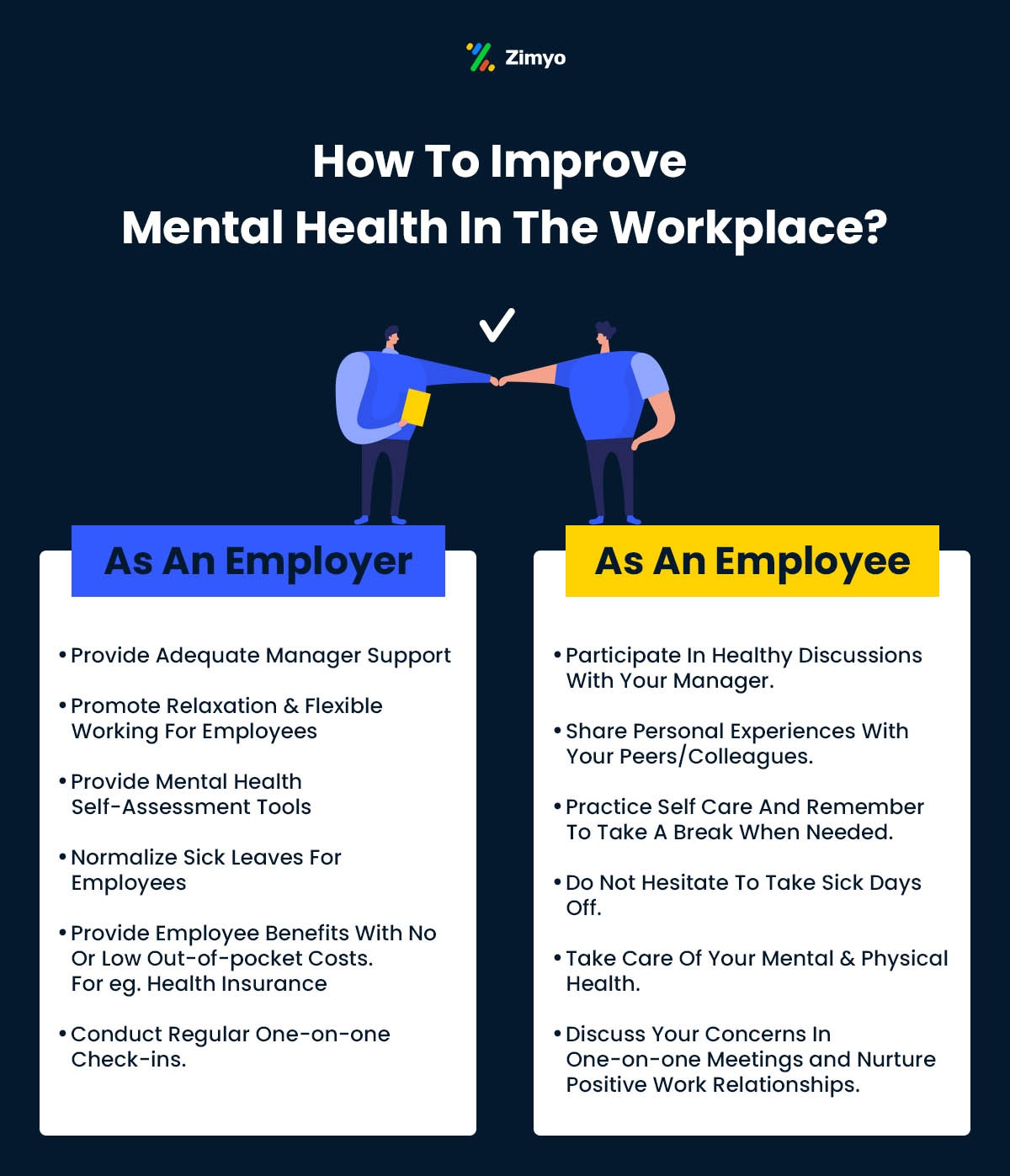
How HR Systems Help:
- Risk Assessment: HR software allows you to identify and mitigate risks by maintaining a detailed record of workplace hazards.
- Training Programs: Conduct safety training sessions using HR management software to keep your workforce informed.
- Incident Reporting: Automate the process of recording and tracking incidents, ensuring quick action.
Example:
Why It Matters:
10. Workforce Analytics and Planning
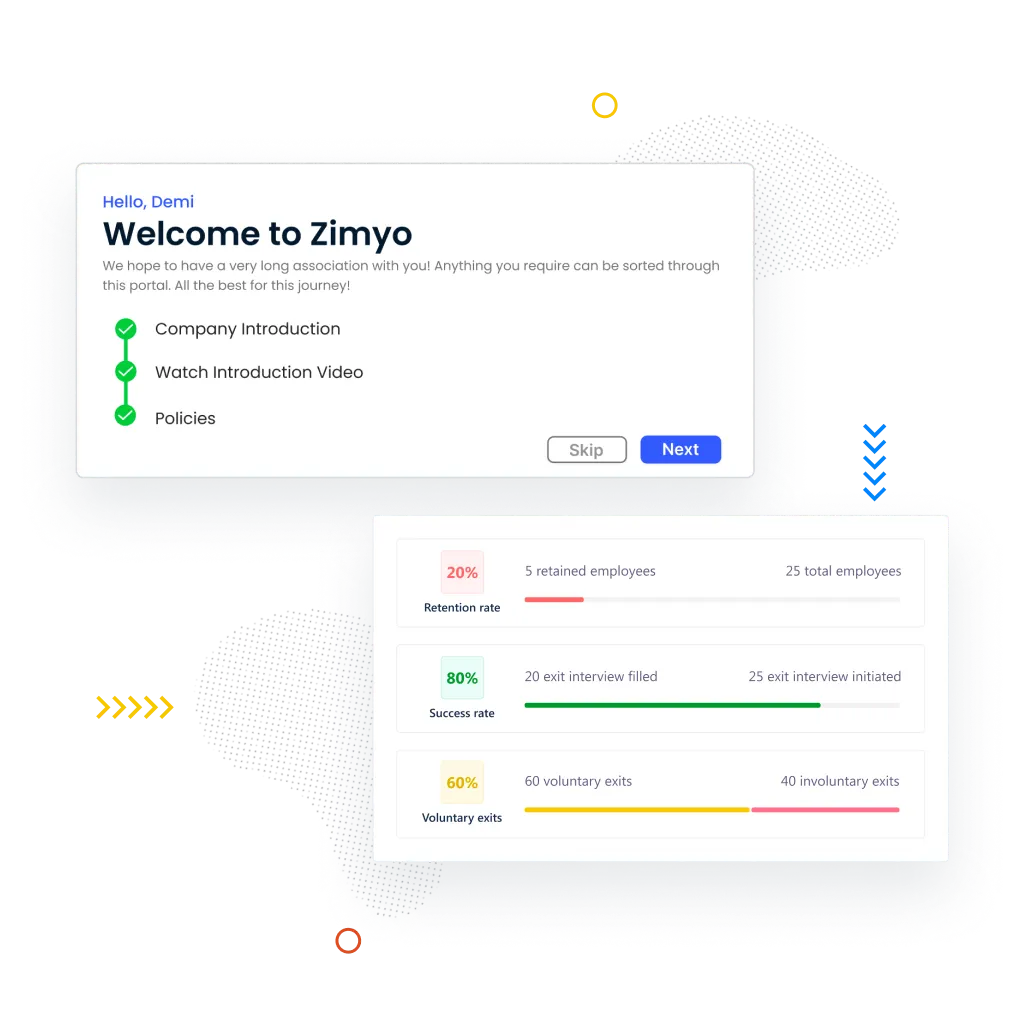
Do you know how to predict your future workforce needs? Workforce analytics empowers HR managers to make data-driven decisions. When counting on the advanced functions of human resource management HRM, analytical tracking and planning are always on the list.
Benefits of Workforce Analytics:
- Employee Performance Insights: Analyze productivity trends to identify top performers.
- Retention Metrics: Track turnover rates and understand why employees leave.
- Future Planning: Use predictive analytics to forecast hiring needs and prevent workforce shortages.
How HRM Systems Support Planning:
Quantitative Advantage:
How HR Software Enhances Functions of Human Resource Management
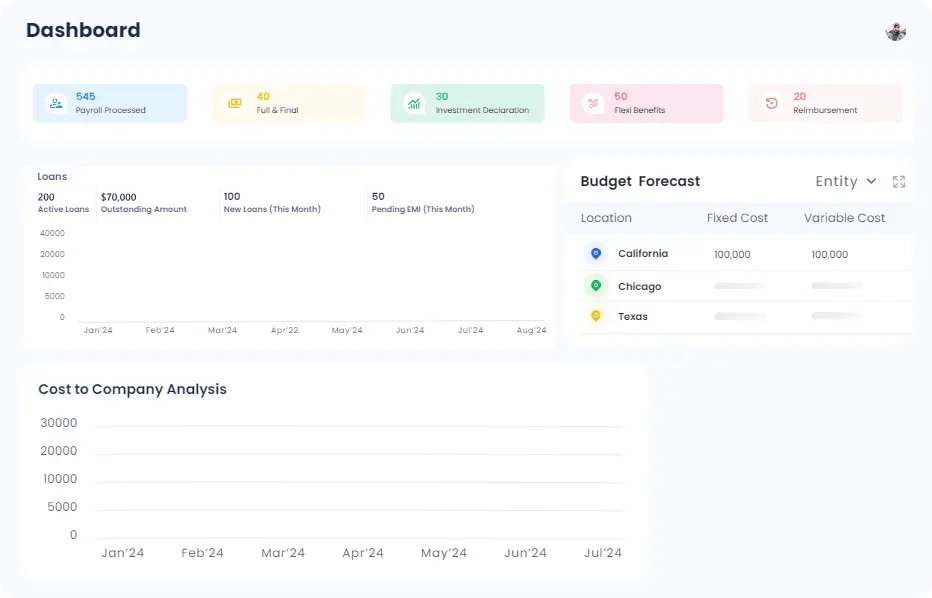
Using HR software streamlines various HR processes, making them more efficient and helping organizations focus on strategic goals.
- Streamlining Recruitment: HRMS platforms automate job postings, candidate tracking, and communication with applicants, reducing manual tasks and improving hiring efficiency.
- Improving Employee Data Management: HR software stores employee information securely and makes it easy to access, ensuring that HR teams can quickly respond to requests or audits.
- Boosting Decision-Making: Advanced analytics tools provide HR with valuable insights into workforce trends, helping HR professionals make informed, data-driven decisions.
Quantitative Benefits:
- Save 40% of time on administrative tasks by automating routine processes.
- Increase employee engagement by 25% through continuous feedback and personalized development.
- Reduce compliance risks by 50% by staying on top of regulatory deadlines and policies.
Example of HR Management Software
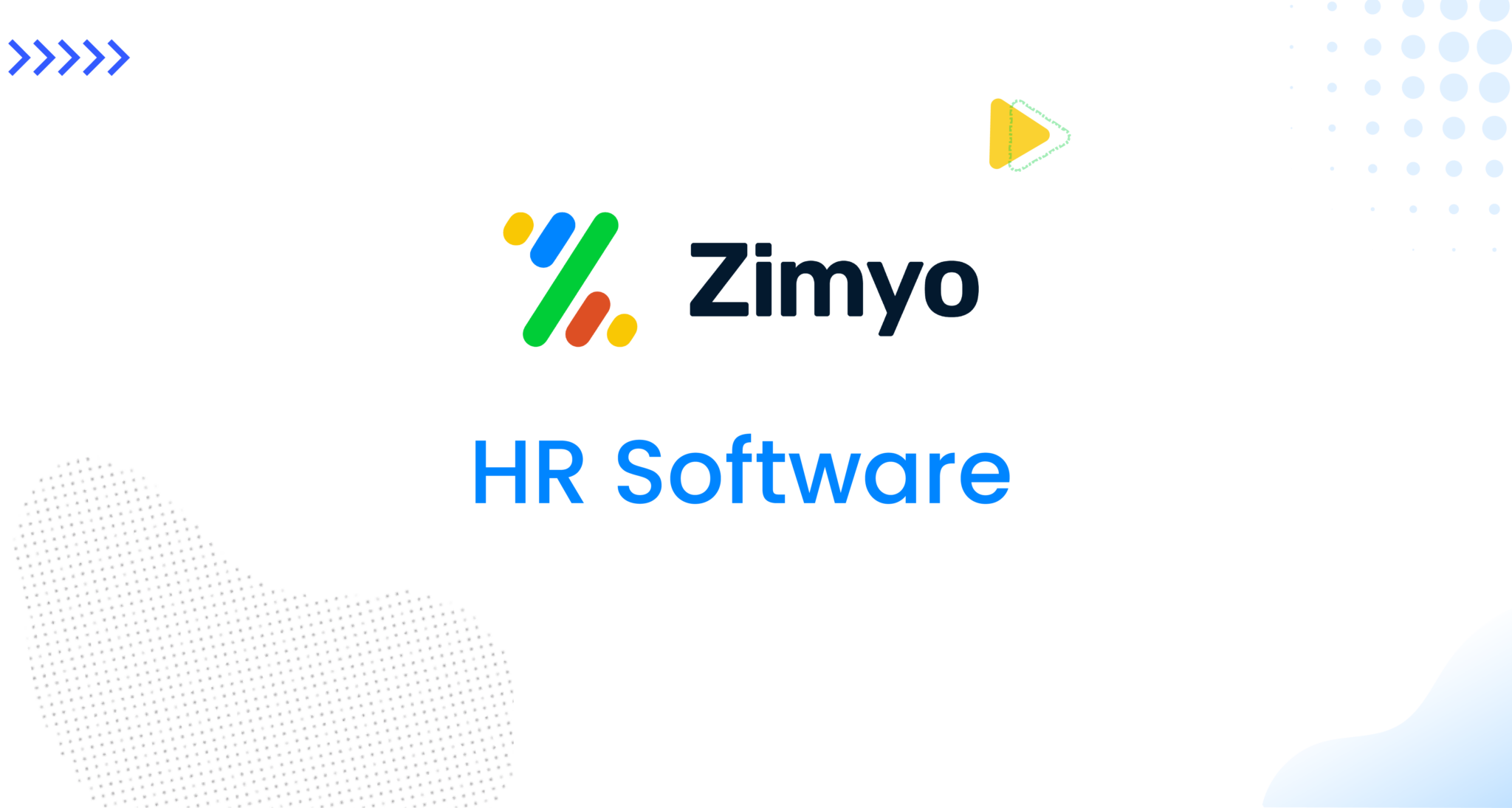
Here is the best HR software solution that can help streamline your HR processes:
- Zimyo HRMS: A comprehensive HRMS solution with features such as payroll, leave management, and employee engagement tools.
Each system comes with unique features tailored to meet different business needs. For instance, Zimyo HRMS is known for its intuitive leave management system, and excels in analytics and enterprise-level functions of human resource management.
I was able to implement the platform on my own. It helps in assigning the tasks to other employees, conducting surveys and polls, and much more. The ease of use and self-onboarding is something that I would like to appreciate.
Sonali, Kommunicate
Zimyo simplifies attendance management for our organization. The leave and attendance are so streamlined that we have never faced any difficulties with the system.
Anurag, Eggoz Nutrition
Conclusion
Choose Zimyo HR Software
Ready to simplify your HR processes? Choose Zimyo HRMS or HR Software today and streamline everything from payroll to compliance, employee engagement, and more. With Zimyo HRMS, you can optimize your HR management, boost productivity, and ensure your business stays compliant. Don’t wait – empower your workforce and transform your HR operations with Zimyo HRMS now! Get started with Zimyo HRMS today!




